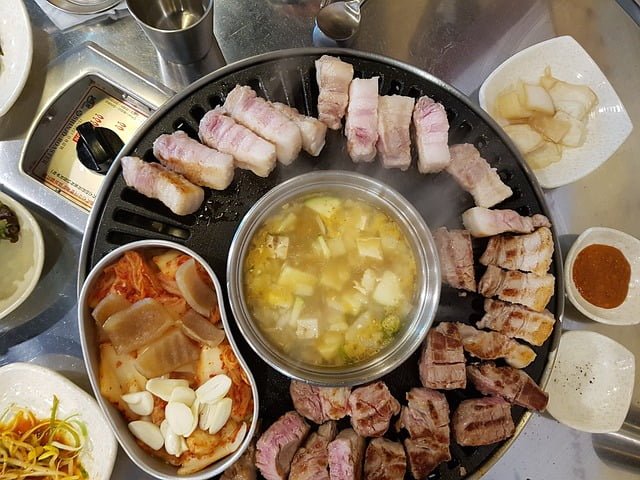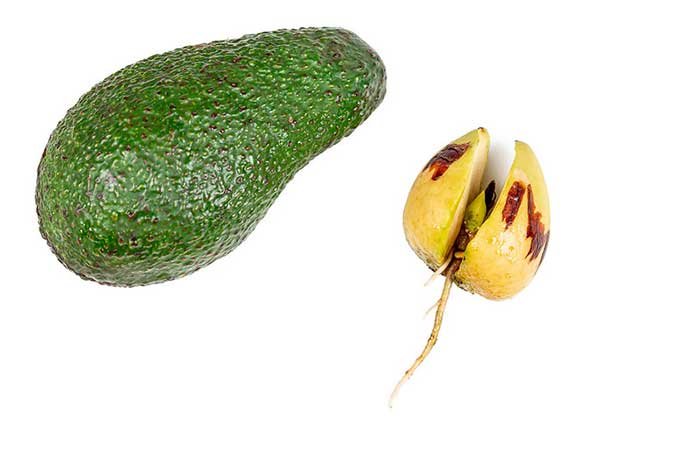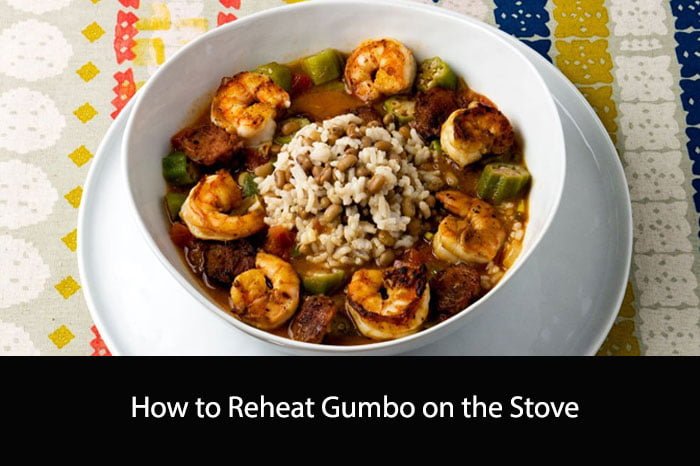All you can eat Korean BBQ is a popular dining experience that has been gaining popularity in recent years. With its unique combination of grilled meats, flavorful marinades, and a variety of side dishes, it’s no wonder why so many people are drawn to this cuisine. Whether you’re a meat lover or a vegetarian, there is something for everyone at a Korean BBQ restaurant.
One of the main draws of all you can eat Korean BBQ is the interactive dining experience. Diners are given the opportunity to grill their own meats right at their table, allowing them to cook their food to their liking. This not only adds to the fun of the meal, but also ensures that each diner gets their food exactly how they want it. Additionally, the communal aspect of the meal makes it a great option for groups of friends or family looking to bond over a shared experience.
Another benefit of all you can eat Korean BBQ is the value for the price. With unlimited access to a wide variety of meats and side dishes, diners can get their fill without breaking the bank. This makes it a great option for those looking to try something new without spending a lot of money. So if you’re looking for a fun and delicious dining experience, all you can eat Korean BBQ may just be the perfect choice for you.

Understanding Korean BBQ
Korean BBQ is a popular dining experience that has become increasingly popular worldwide. At its core, Korean BBQ is a style of cooking meat that originated in Korea. It is characterized by the use of a grill, typically built into the table, and a variety of marinades and seasonings that are used to flavor the meat.
One of the key features of Korean BBQ is the emphasis on communal dining. Instead of individual plates, diners typically share large platters of meat, which are cooked and served at the table. This creates a lively and social atmosphere that is perfect for groups of friends or family.
When it comes to the meat itself, Korean BBQ is known for its emphasis on beef, pork, and chicken. These meats are typically marinated in a variety of sauces and seasonings, such as soy sauce, sesame oil, and garlic. Some of the most popular cuts of meat include bulgogi (thinly sliced beef), galbi (short ribs), and samgyupsal (pork belly).
In addition to the meat, Korean BBQ is often served with a variety of side dishes, known as banchan. These may include kimchi (fermented vegetables), pickled radish, and bean sprouts. Rice and lettuce leaves are also commonly served, which diners can use to make wraps with the grilled meat.
Overall, Korean BBQ is a delicious and social dining experience that is perfect for meat lovers and groups of friends or family. With its emphasis on communal dining, flavorful marinades, and variety of side dishes, it’s no wonder that Korean BBQ has become such a popular cuisine worldwide.
All You Can Eat Concept
At an all-you-can-eat Korean BBQ restaurant, customers pay a set price to enjoy unlimited servings of delicious grilled meats, vegetables, and other Korean specialties. This concept is becoming increasingly popular in many cities across the world, and for good reason.
Not only is it a great value for your money, but it also allows you to try a wide variety of dishes without having to commit to a single entree. You can mix and match different meats, marinades, and side dishes to create your own unique flavor combinations.
Another advantage of the all-you-can-eat concept is that it encourages a more social and interactive dining experience. Instead of ordering individual dishes, everyone at the table can share and cook food together, creating a fun and lively atmosphere.
Of course, it’s important to note that not all all-you-can-eat Korean BBQ restaurants are created equal. Quality of ingredients, variety of options, and service can vary greatly between establishments. However, if you find a good one, it can be a truly satisfying and enjoyable dining experience.
Types of Meats in Korean BBQ
Pork
Pork is a staple in Korean BBQ and is commonly served in various cuts such as pork belly, pork shoulder, and pork jowl. The most popular cut is pork belly, which is thinly sliced and has a high-fat content that makes it juicy and flavorful. It is usually marinated in a sweet and savory sauce that gives it a caramelized crust when grilled.
Other pork cuts such as pork shoulder and pork jowl have a leaner meat texture and are best marinated for a longer time to tenderize the meat. These cuts are also great for stews and soups.
Beef
Beef is another popular meat in Korean BBQ, and the most commonly used cuts are short ribs, brisket, and sirloin. Short ribs, also known as galbi, are marinated in a soy sauce-based sauce that gives it a sweet and savory flavor. It is usually cut across the bone, making it easy to grill and eat.
Brisket, on the other hand, is a leaner cut of beef that requires a longer cooking time to become tender. It is usually marinated in a spicy sauce to give it a kick of flavor. Sirloin is a leaner cut of beef that is best marinated for a shorter time to retain its natural flavor.
Chicken
Chicken is a lighter option in Korean BBQ and is usually served in boneless thigh meat or wings. It is best marinated in a soy sauce-based sauce that gives it a sweet and savory flavor. Chicken is also great for grilling with vegetables such as onions and peppers to add more flavor and texture to the dish.
In conclusion, Korean BBQ offers a variety of meat options that cater to different tastes and preferences. From pork to beef to chicken, each meat has its unique flavor and texture that makes Korean BBQ a must-try experience.

Popular Korean Side Dishes
When it comes to Korean BBQ, the side dishes are just as important as the meat. Korean cuisine is known for its variety of side dishes, known as banchan, that are served with every meal. Here are some of the most popular Korean side dishes you can expect to find at an all-you-can-eat Korean BBQ restaurant.
Kimchi
Kimchi is a staple side dish in Korean cuisine. It is a fermented vegetable dish that is usually made with napa cabbage, radish, or cucumber. The vegetables are seasoned with a spicy paste made from chili powder, garlic, ginger, and other ingredients. Kimchi is known for its sour, spicy, and umami flavor, and it is said to have numerous health benefits.
Banchan
Banchan refers to the small side dishes that are served with Korean meals. These dishes can vary depending on the restaurant, but some of the most common banchan dishes include:
- Kongnamul: A salad made with soybean sprouts, sesame oil, and other seasonings.
- Gamja Jorim: Sweet and savory braised potatoes.
- Oi Muchim: Spicy cucumber salad.
- Sigeumchi Namul: A spinach salad seasoned with sesame oil and soy sauce.
Japchae
Japchae is a popular Korean noodle dish that is often served as a side dish. The dish is made with sweet potato noodles, stir-fried vegetables, and meat (usually beef). The noodles are chewy and slightly sweet, and the dish is seasoned with soy sauce, sesame oil, and other seasonings. Japchae is a great option for vegetarians as it can be made without meat.
Overall, the side dishes are an important part of the Korean BBQ experience. They provide a balance to the rich and savory meat flavors and add a variety of textures and flavors to the meal.
Korean BBQ Cooking Techniques
At a Korean BBQ restaurant, the cooking is done right at your table. Here are a few techniques to help you get the most out of your all-you-can-eat Korean BBQ experience:
- Grilling: Korean BBQ is all about grilling meat to perfection. We recommend using tongs to flip the meat and a pair of scissors to cut it into bite-sized pieces. Cook each piece until it is nicely browned and crispy on the outside, but still juicy on the inside.
- Marinating: Korean BBQ meat is typically marinated in a mix of soy sauce, sugar, garlic, ginger, and sesame oil. The longer the meat marinates, the more flavorful it will be. We recommend marinating your meat for at least 30 minutes before grilling.
- Banchan: Banchan are small side dishes that are served with Korean BBQ. They are meant to be eaten alongside the meat to balance out the flavors. Some popular banchan include kimchi, pickled vegetables, and bean sprouts.
- Dipping sauce: Korean BBQ meat is often served with a dipping sauce made from soy sauce, sesame oil, green onions, and garlic. This sauce adds a tangy flavor to the meat and helps to cut through the richness.
- Rice: Rice is a staple in Korean cuisine and is often served with Korean BBQ. We recommend using the rice to soak up any excess juices and flavors from the meat.
By using these techniques, you can create a delicious and authentic Korean BBQ experience right at your own table.
Health Considerations
When it comes to all you can eat Korean BBQ, there are some health considerations to keep in mind. Here are a few things to keep in mind:
- Portion Control: While the all-you-can-eat nature of Korean BBQ can be tempting, it’s important to practice portion control. We recommend starting with smaller portions and only going back for more if you’re still hungry.
- Balance Your Plate: To get the most out of your Korean BBQ experience, try to balance your plate with a variety of different foods. We recommend including some lean proteins like chicken or fish, as well as plenty of vegetables.
- Watch Your Sodium Intake: Korean BBQ can be high in sodium, so it’s important to keep an eye on your intake. Try to avoid adding too much soy sauce or other salty condiments, and opt for fresh herbs and spices instead.
- Consider Your Dietary Restrictions: If you have any dietary restrictions or food allergies, be sure to let your server know. Many Korean BBQ restaurants offer vegetarian or gluten-free options, so don’t be afraid to ask.
Overall, Korean BBQ can be a delicious and healthy dining option if you approach it with moderation and balance in mind. By practicing portion control, balancing your plate, watching your sodium intake, and considering your dietary restrictions, you can enjoy all the flavors of Korean BBQ without sacrificing your health.
Finding the Best All You Can Eat Korean BBQ Restaurants
When it comes to finding the best all you can eat Korean BBQ restaurants, there are a few things to consider. Here are some tips to help you find the perfect spot:
Location
The first thing to consider is location. You’ll want to find a restaurant that is convenient for you to get to. Look for restaurants that are close to public transportation or have ample parking if you plan to drive.
Quality of Meat
The quality of the meat is also important. Look for restaurants that use high-quality cuts of meat and offer a variety of options. Some restaurants may offer premium cuts for an additional cost, so be sure to ask about your options.
Price
The price of the all you can eat Korean BBQ is another factor to consider. Look for restaurants that offer a fair price for the quality and quantity of food they serve. Keep in mind that some restaurants may offer lunch specials or discounts for larger groups.
Atmosphere
Finally, consider the atmosphere of the restaurant. Do you want a lively, bustling atmosphere or a more relaxed and intimate setting? Some restaurants may offer private rooms for larger groups or special occasions.
By considering these factors, you can find the best all you can eat Korean BBQ restaurant for your needs.
Etiquette at Korean BBQ Restaurants
At Korean BBQ restaurants, there are a few etiquette rules that we should follow to ensure a pleasant dining experience for everyone. Here are some tips to keep in mind:
Wait for the Server
When you are seated at a Korean BBQ restaurant, the server will usually come to your table to take your order. Don’t start cooking the meat until the server brings the raw meat to your table. This ensures that the meat is cooked properly and prevents any cross-contamination.
Share the Grill
Most Korean BBQ restaurants have shared grills, so it’s important to be mindful of others. Don’t take up too much space on the grill, and try to keep your meat and vegetables in your designated area. If the grill is getting crowded, ask your server for another plate to hold your food.
Don’t Waste Food
Korean BBQ restaurants often charge by the plate or by the hour, so it’s important not to waste food. Only take as much meat as you can eat, and don’t leave any leftovers on the grill. If you’re not sure how much to order, ask your server for recommendations.
Use Chopsticks and Scissors
At Korean BBQ restaurants, you’ll be given a pair of chopsticks and a pair of scissors to cut the meat. Use the chopsticks to pick up the meat and the scissors to cut it into smaller pieces. Don’t use your hands to touch the meat, and don’t cut the meat on the grill.
Clean Up After Yourself
When you’re finished eating, make sure to clean up after yourself. Use the tongs and spatula to scrape any leftover food off the grill and onto the plate. If there are any spills or messes on the table, use the wet wipes provided by the restaurant to clean them up.
By following these etiquette rules, we can ensure a pleasant dining experience for everyone at the Korean BBQ restaurant.

Frequently Asked Questions
What are some popular Korean BBQ restaurants in North Carolina?
North Carolina is home to a variety of Korean BBQ restaurants. Some popular ones include Seoul Garden in Charlotte, Soo Cafe in Raleigh, and Arirang Korean BBQ in Durham.
What is the typical price range for all you can eat Korean BBQ?
The price range for all you can eat Korean BBQ varies depending on the restaurant and location. In North Carolina, prices typically range from $20 to $35 per person.
What types of meat are typically served at Korean BBQ restaurants?
Korean BBQ restaurants typically serve a variety of meats, including beef, pork, chicken, and seafood. Popular options include bulgogi (marinated beef), galbi (short ribs), and samgyeopsal (pork belly).
Are there any vegetarian options available at Korean BBQ restaurants?
While Korean BBQ is known for its meat dishes, many restaurants offer vegetarian options such as tofu, mushrooms, and vegetable stir-fry. It’s always a good idea to check with the restaurant beforehand to see what vegetarian options they offer.
What are some popular side dishes served with Korean BBQ?
Korean BBQ is often served with a variety of side dishes, known as banchan. Some popular banchan dishes include kimchi (spicy fermented vegetables), japchae (stir-fried glass noodles), and pickled vegetables.
Is it customary to tip at Korean BBQ restaurants?
Tipping practices vary by restaurant, but it is generally customary to leave a tip for good service. In North Carolina, a 15-20% tip is standard for Korean BBQ restaurants.





